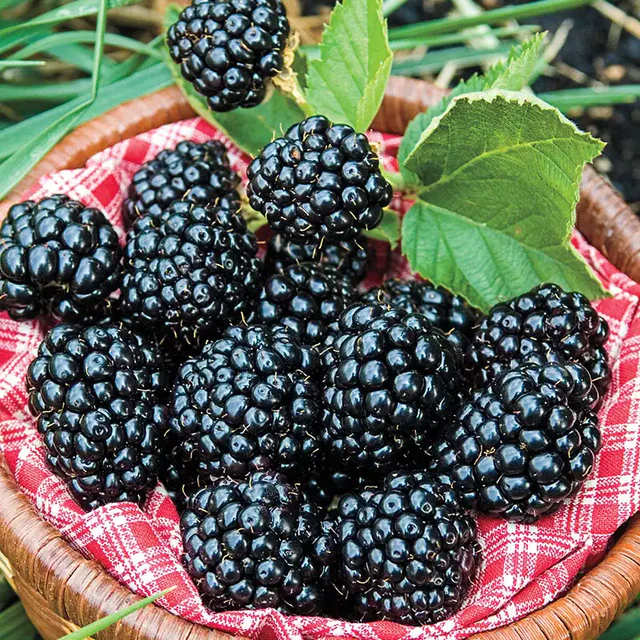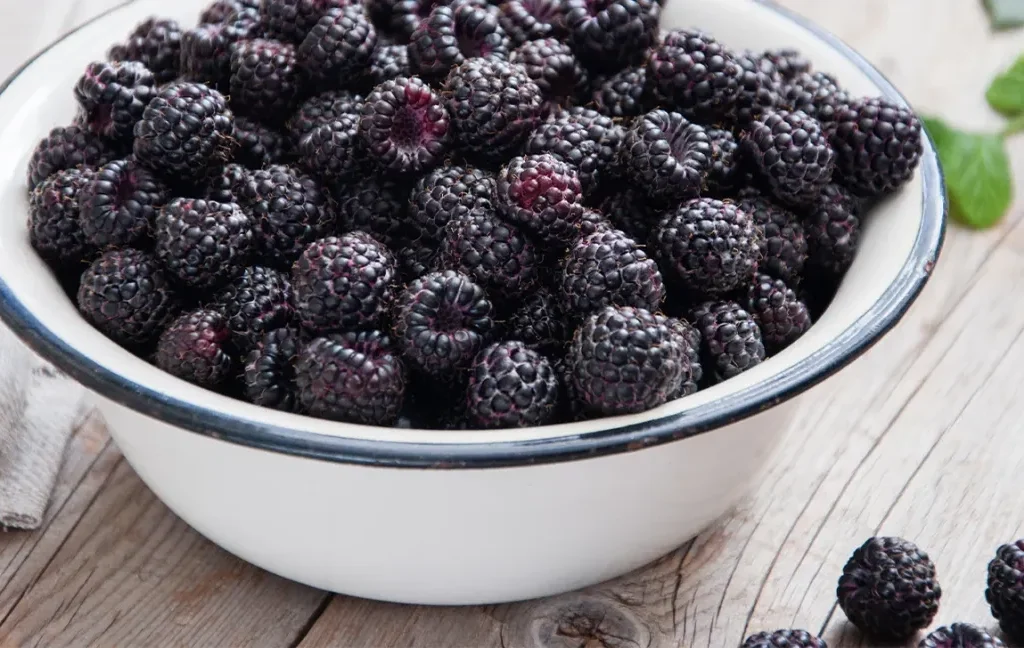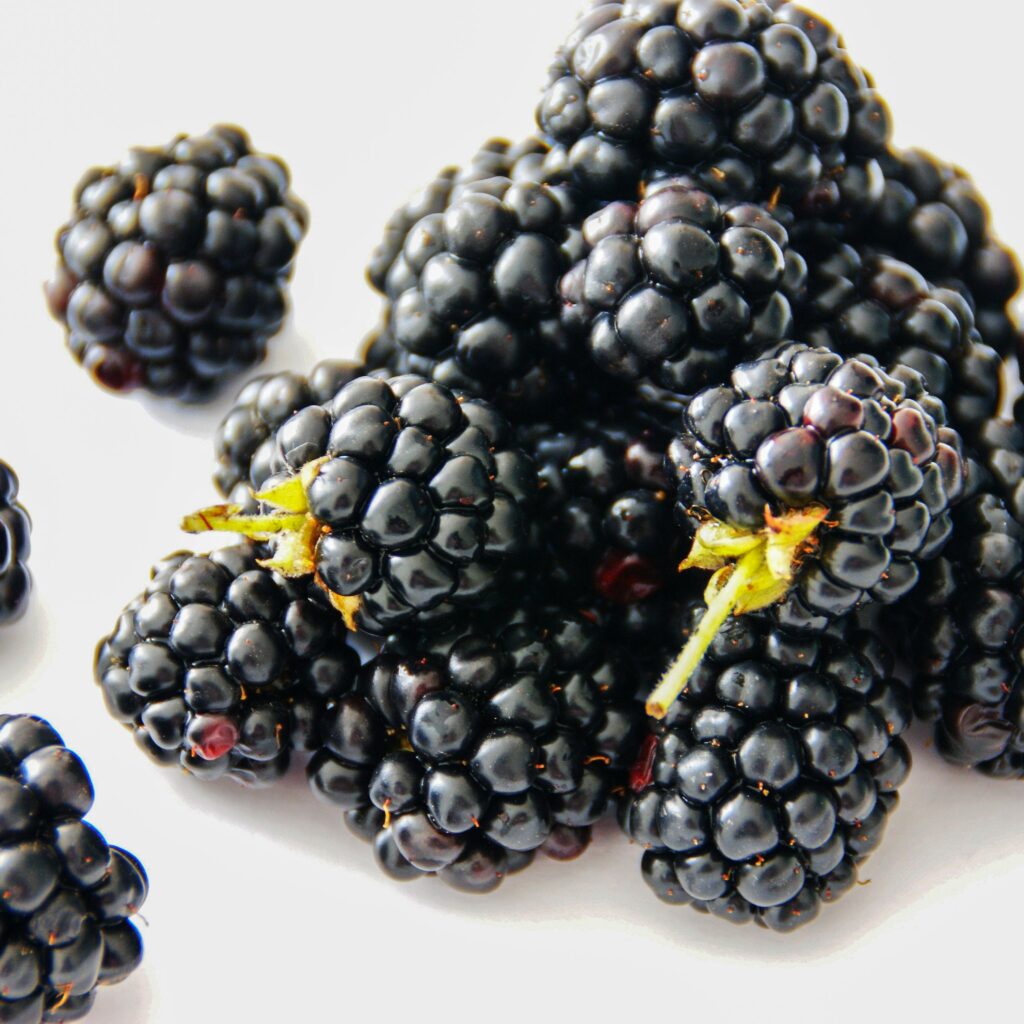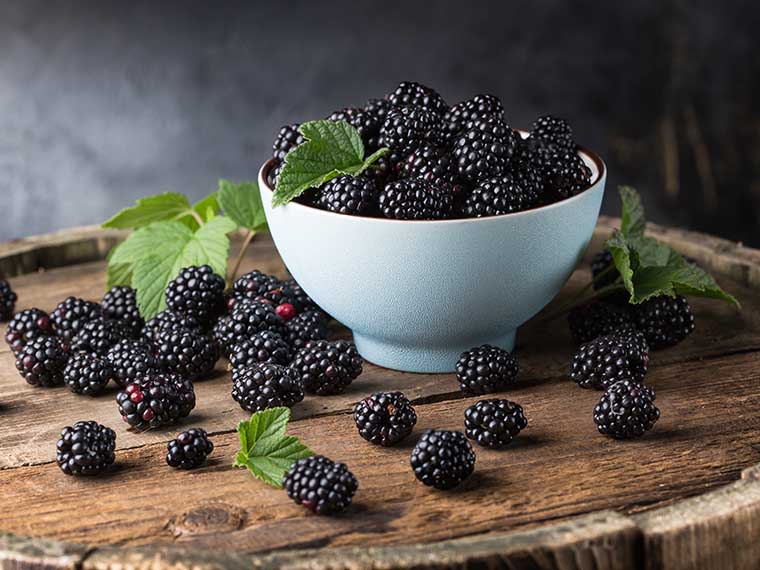Blackberries, with their juicy texture, rich color, and sweet-tart flavor, have become a global sensation. Whether fresh in fruit salads or frozen for smoothies and desserts, the demand for blackberries is booming. As global health trends emphasize antioxidant-rich foods and fresh produce, blackberries are now among the most sought-after berries worldwide. But which nation is at the forefront of meeting this demand?
In recent years, Mexico has firmly established itself as the largest blackberry exporter in the world—a position earned through strategic cultivation, favorable climate, and strong international partnerships. Let’s explore how Mexico achieved this title, its key competitors, and the future of global blackberry exports.
The Global Blackberry Market: An Overview

The global blackberry market includes both fresh and frozen exports, though fresh berries dominate due to their higher retail value and immediate consumer use.
Key Categories:
- Fresh Blackberries – Consumed directly or used in fresh products like juices, desserts, and salads.
- Frozen Blackberries – Used in processed goods like jams, yogurts, baking, and beverages.
As of 2023, the worldwide blackberry market is valued at over $3 billion, with strong annual growth driven by increasing health consciousness, premium fruit trends, and rising incomes in developing markets.
Mexico: The Undisputed Blackberry Export Leader
Export Statistics
According to the International Trade Centre (ITC) and FAO:
- Mexico exported over 87,000 metric tons of blackberries in 2023.
- Export revenues exceeded $584 million, making it the world’s largest blackberry exporter, with around 22% global market share.
This figure puts Mexico ahead of traditional producers like the United States and Spain and emerging players like Morocco and Portugal.
Why Mexico Leads the Blackberry Export Market
1. Ideal Growing Conditions
Mexico, especially regions like Michoacán, Jalisco, and Guanajuato, offers near-perfect conditions for blackberry cultivation:
- Long growing seasons
- Warm days and cool nights
- Volcanic soils rich in nutrients
- Access to water for irrigation
These conditions allow Mexico to grow berries for much of the year, unlike many countries with only short seasonal windows.
2. Strong Export Infrastructure
Mexico has heavily invested in:
- Cold storage and supply chains
- Quality control facilities
- Protected agriculture techniques (greenhouses and tunnels)
- Fast logistics to key markets like the U.S. and Canada
This infrastructure ensures berries reach international shelves fresh, firm, and flavorful.
3. Proximity to the United States
Mexico’s proximity to the United States, the world’s largest importer of blackberries, gives it a massive logistical advantage. Fresh berries can be shipped across the border in just 24–48 hours, compared to days or weeks for distant countries.
4. Year-Round Production
Through staggered planting and greenhouse methods, Mexico can supply blackberries year-round—something many competitors cannot achieve.
5. Trade Agreements
Thanks to agreements like the United States-Mexico-Canada Agreement (USMCA), Mexico enjoys tariff-free access to major North American markets, making its berries more price-competitive.
Other Leading Blackberry Exporters

While Mexico tops the list, several countries play significant roles in the international blackberry trade:
Spain
- Exports: ~$519 million in 2023
- Key Markets: Germany, France, United Kingdom
- Spain benefits from advanced agricultural technology and EU trade access. Southern Spain, especially Andalusia, has become a blackberry-growing hub.
United States
- Exports: ~$393 million
- Top Growing Regions: Oregon, California
- The U.S. is both a top producer and the largest importer of blackberries. Its exports mainly target Canada, Mexico, and select Asian markets.
Morocco
- Exports: ~$382 million in 2023
- Strengths: Early-season berries, proximity to Europe
- Morocco has quickly become a key player, with increasing exports to the UK, France, Germany, and Scandinavia. Its lower production costs and expanding cold chain are major growth drivers.
Portugal
- Exports: ~$262 million
- Focus: Western Europe
- Portugal, with small yet efficient farms, produces premium berries that meet strict EU quality standards.
Top 5 Fresh Blackberry Exporters (2023)

| Rank | Country | Export Value (USD) | Global Share |
|---|---|---|---|
| 1 | Mexico | $584 million | 22.0% |
| 2 | Spain | $519 million | 19.9% |
| 3 | USA | $393 million | 15.1% |
| 4 | Morocco | $382 million | 14.7% |
| 5 | Portugal | $262 million | 10.1% |
Frozen Blackberry Trade
Although the fresh blackberry market dominates, the frozen segment is gaining traction, especially for:
- Food processing industries
- Bakery products
- Smoothie and health food trends
Countries like Chile, Serbia, Poland, and Estonia are gradually increasing frozen berry exports, though still at volumes significantly lower than Mexico’s fresh exports.
Trends and Forecasts

Rising Demand for Organic and Sustainable Berries
Consumers are willing to pay more for berries grown without pesticides and through environmentally conscious methods. Mexico and Spain are expanding certified organic blackberry farms to meet this demand.
Expansion into New Markets
While the U.S. and Europe remain key destinations, demand is rising in:
- Asia (especially China, Japan, South Korea)
- Gulf countries
- South America
Exporters are building logistics chains and partnerships to tap into these emerging regions.
Technology-Driven Farming
Automated irrigation, drone monitoring, and AI-driven yield forecasting are becoming standard among large-scale blackberry growers, boosting efficiency and reducing waste.
Challenges Facing Blackberry Exporters

Despite the growth, the blackberry export industry faces a few key challenges:
- Labor shortages, especially during peak harvest
- Climate change, impacting flowering and yield stability
- Trade disputes and tariffs, particularly in European markets post-Brexit
- Perishability, which increases costs and risk during long-distance transport
Addressing these issues will be key for countries aiming to expand their market share in the coming decade.
Conclusion
Mexico stands as the largest blackberry exporter in the world, dominating both in volume and value. With over $584 million in exports and favorable growing conditions, Mexico has become a global leader in blackberry production. Its efficient logistics, modern farming practices, and geographic advantage over competitors make it the go-to source for fresh blackberries worldwide.
However, the global scene is dynamic. Nations like Spain, Morocco, and Portugal are growing quickly, while frozen berry markets present new opportunities. As global demand continues to rise, the race for the blackberry crown will only intensify—but for now, Mexico reigns supreme.





